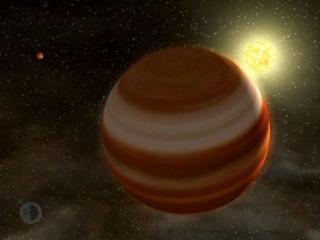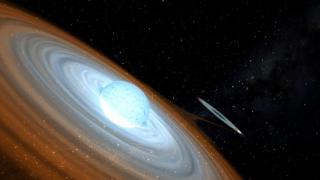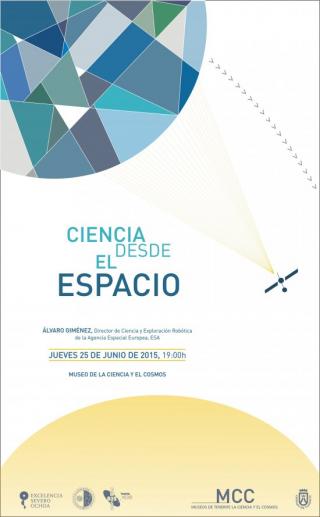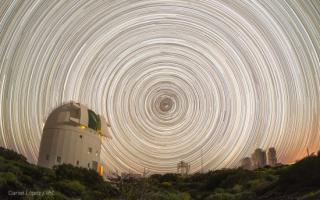
Now more than half way through its programme, the European Week of Astronomy and Space Science EWASS 2015 which is being held on the Guajara Campus of the University of La Laguna (Tenerife), is carrying on with its 40 parallel sessions in which the latest advances in astronomy are being presented. The evidence for one galaxy swallowing another, and the search for extraterrestrial life and among the themes which have been of interest in the past few hours, as well as the awarding of the prizes for young researchers, and one day´s sessions devoted to outreach activities. Messier 87 swallows
Advertised on




